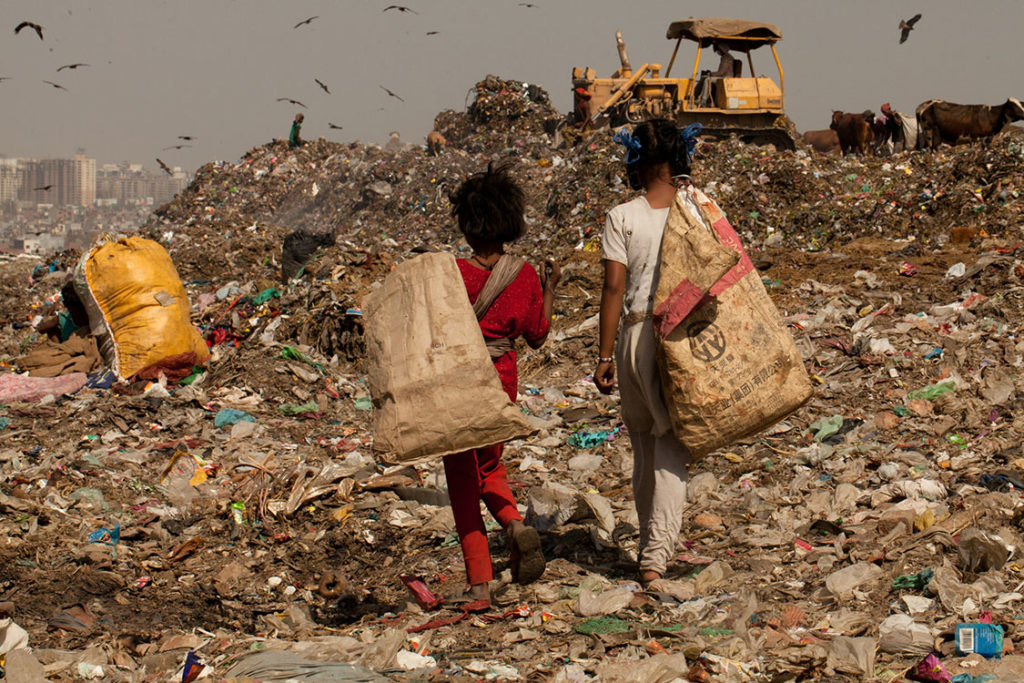
Development or Devilopment?
Author – Sarthak Mehra
Development and development studies are two very basic inter-related terms but they carry contrasting meanings. Development, on the one hand, has worked on the principle of homogeneity while development studies, on the other hand, examine the local context of developing nations. We can see the principle of homogeneity in development theories like Rostow’s stages of growth etc. Development is a certain kind of a Pandora’s Box given to the so-called underdeveloped nations by the west. After World War II, the United States of America in order to tackle communism from spreading into other parts came up with a hoax that could change the world – “development”. Two specific events that are crucial to the study of development and which further magnified the development narrative were the Truman Doctrine and the Marshall Plan which further also marked the beginning of the cold war.
Development per se in this context was just a clear example of spreading the capitalist ideology and was nothing more than simple populism. The development has been used by capitalist countries in the west to colonize the third world economically. The development narrative also created “underdeveloped or underdevelopment” because development would not have been considered good in isolation. To pull off such a hoax (development), the west has used it like a rubber band, stretching it to all possible spheres from urban development to human development. The west after referring to the third world as underdeveloped also formulated theories and development policies for the third world to develop, funnily which too were based on the experiences of the west. The west demands a total restructure of the underdeveloped societies through its various neoliberal policies for economic growth. The policies also have a geopolitical bend because the west has never been underdeveloped. It was undeveloped before the advent of modernity. The concept of underdevelopment, a relative concept, came with the emergence of the development narrative.
The western narrative of development has been so strong that countries have overlooked all other alternatives, for example, the Gandhian model in India. All international institutions have been the hands of big capitalist western economies to promote their narrative of development. There have been many instances when the international institutions have somehow forced nations to adopt their development narrative. Washington consensus is one such example. The west guarantees development after adopting policies recommended by them through the structural adjustment program and the Washington consensus, but when many third world nations followed the west’s instructions, the result was not pleasing. The international institutions for example – World Bank, International Monetary Fund, etc. also engages in creating indexes that further strengthen the development narrative. The Ease of Doing Business is one such index by the World Bank; the index is highly flawed but continues to strengthen the development narrative.
Development per se has been so influential that it has been used widely with different terms like socialist development, participatory development, etc. which were meant to originally criticize the narrative created by the west. ‘Market’ has been one of the central constructs of development which also brought back the old age liberalism in its new form called ‘neo-liberalism’. The west has always referred the third world as underdeveloped, poverty-stricken but it has still managed to bring back liberalism which focuses on less role of the state and also is against the redistributive action of the state. The west through international institutions wants less role of the state in the third world which will help the west to exploit the third world.
Environmental degradation which has been a result of industrialization is also a central construct of development. One of the major critiques of the development narrative is that it has offered a one size fits all approach which takes out the local context. Another wave of criticism comes from scholars who are against the view of development only as economic growth. This view was dominating the development discourse until 1989 when human development joined the development discourse. A new type of development also emerged namely ‘Sustainable development’ which stands for ‘our common future’ as described by the Brundtland Commission which is being promoted as green and democratic redevelopment. This has further created goals for nations like the Sustainable development goals and Millennium Development goals. The development discourse has other central constructs like planning, population, production, equality, participation, needs, poverty, etc. Many policies and theories have been constructed around these key constructs.
Of all these, poverty gained importance around the 1970s and also became a political tool to win elections, for example, the garibi hatao speech by Indira Gandhi. The development narrative has also managed to influence the politics of the third world, slogans like sab ka Saath sab ka Vikas and ache din are common to us. The current state of affairs regarding development, which is not egalitarian in its true essence, seems to have lost the enthusiasm in common parlance. This ‘development’ which I have been critically analyzing all this long, which was once a strong political tool, has lost its significance in the politics of contemporary India. To reiterate and put it into simple words, development has been mistaken for capitalism or capitalistic development, and the pursuit of this development will ensure that the majority of the population will lead a life full of contradictions that come with capitalism and capitalistic development.




+ There are no comments
Add yours